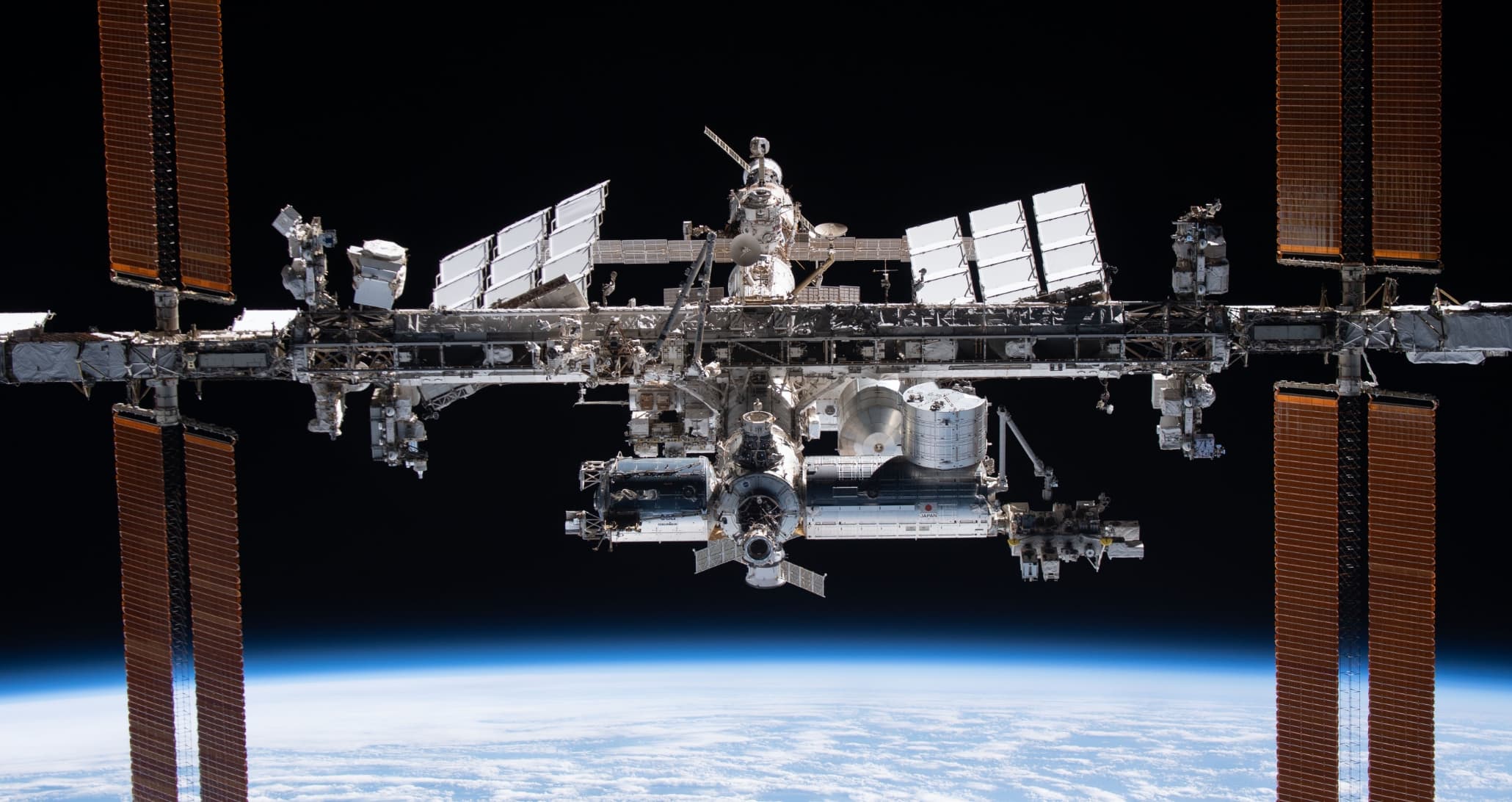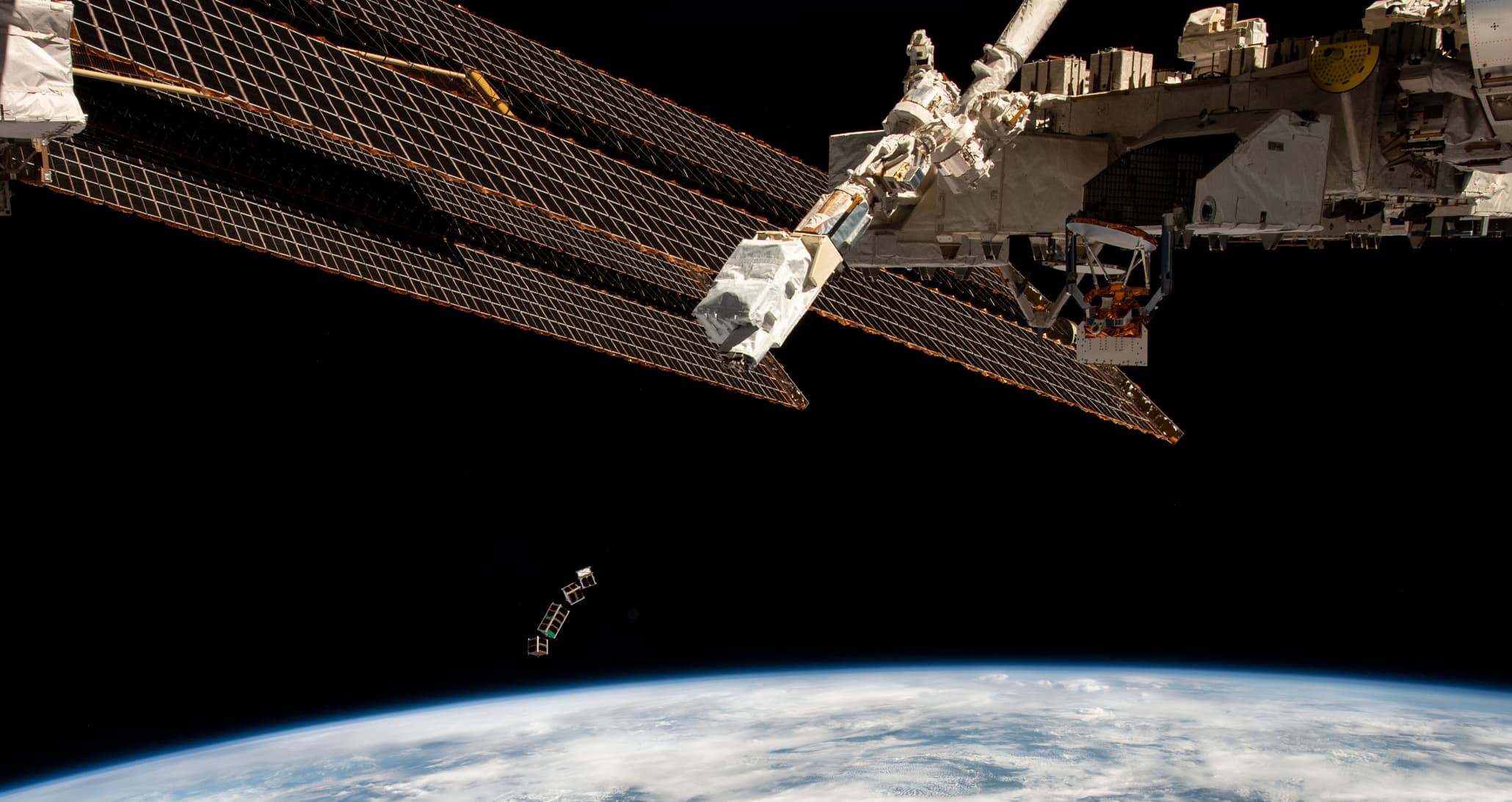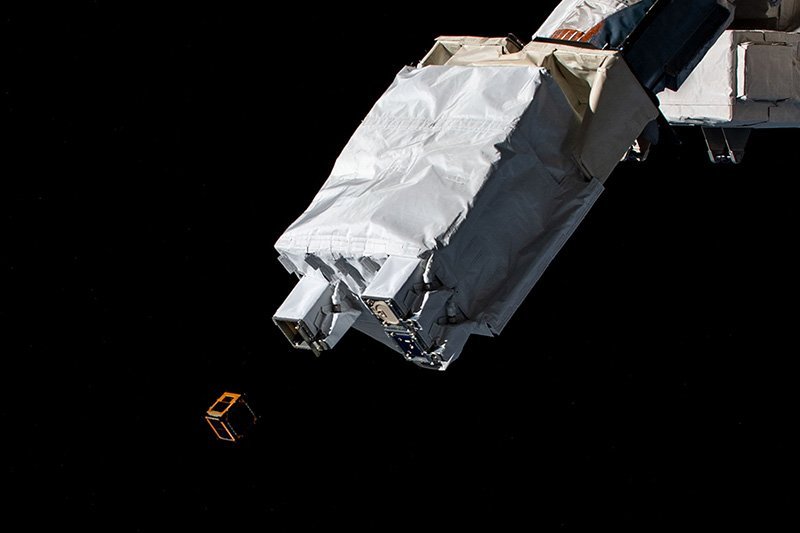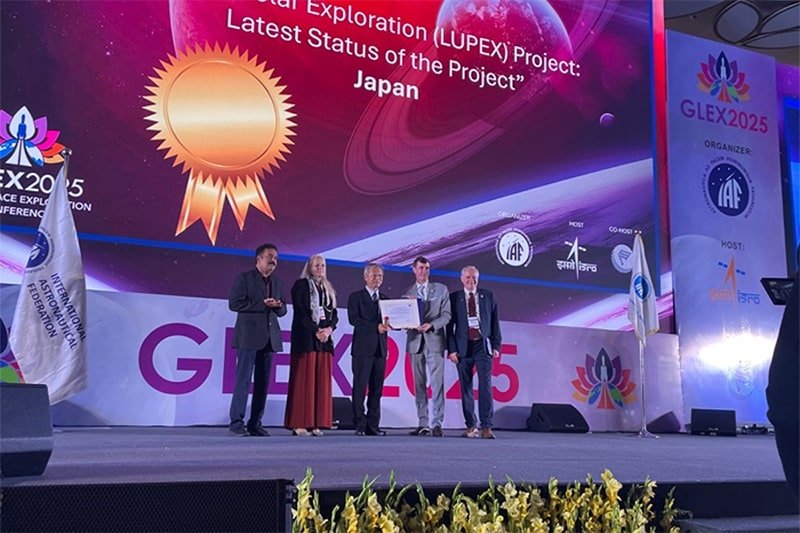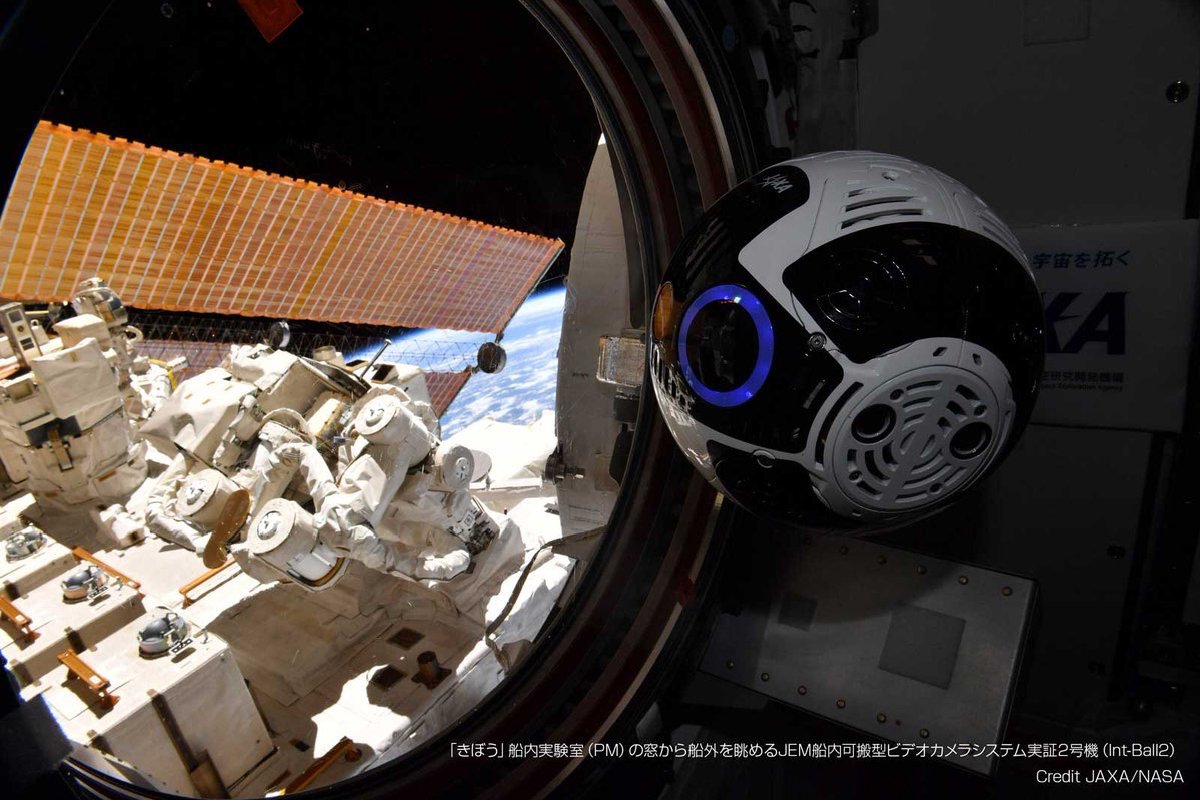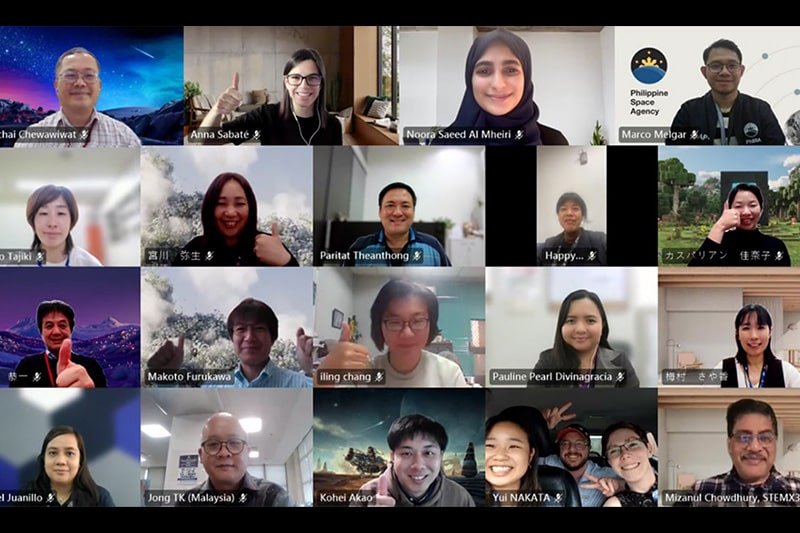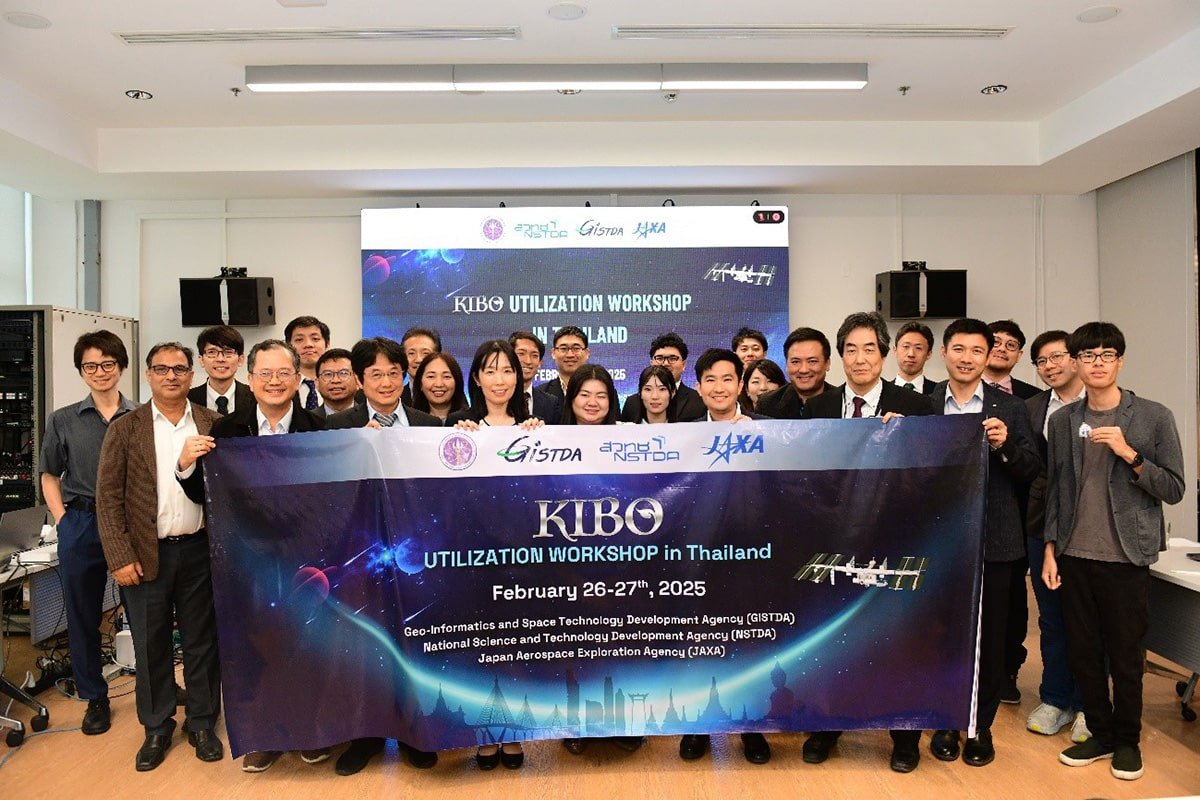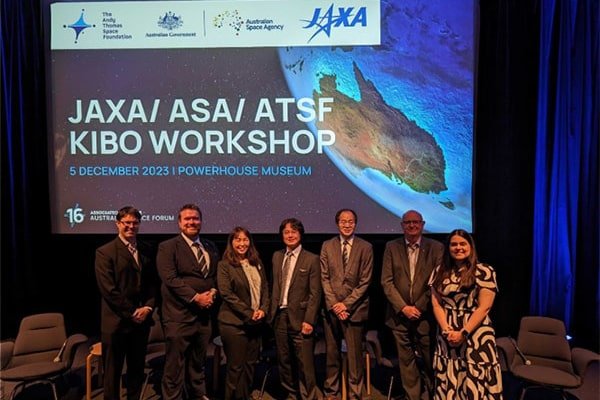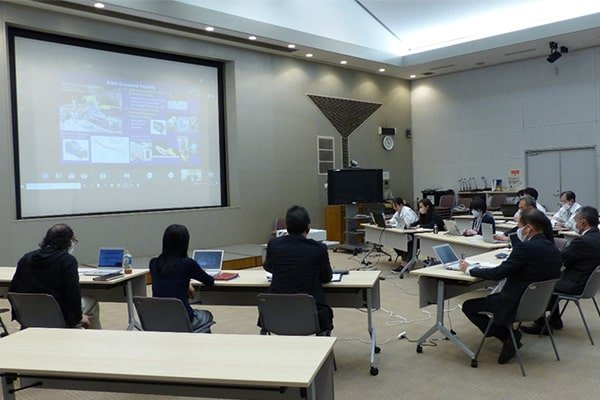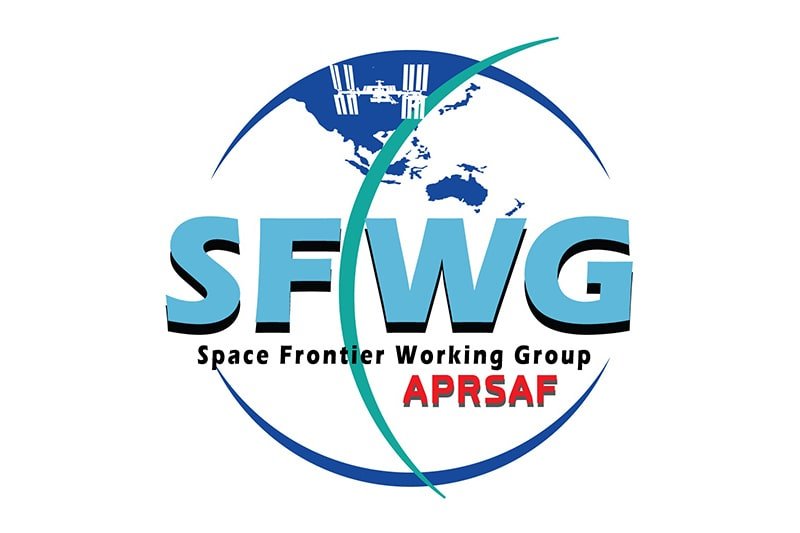What do you want to know?
- Latest information of Kibo use
- About JAXA’s Utilization Themes
- About Kibo Utilization Strategy
- About facilities installed Kibo
- About Kibo Utilization Office for Asia (KUOA)
- About Space Medicine
- About research and development on space medicine
- About Health Management for Astronauts
- About Medical Operations Activities
- About Japanese Space Food
- About how to certify Japanese space food
- About Fresh Food
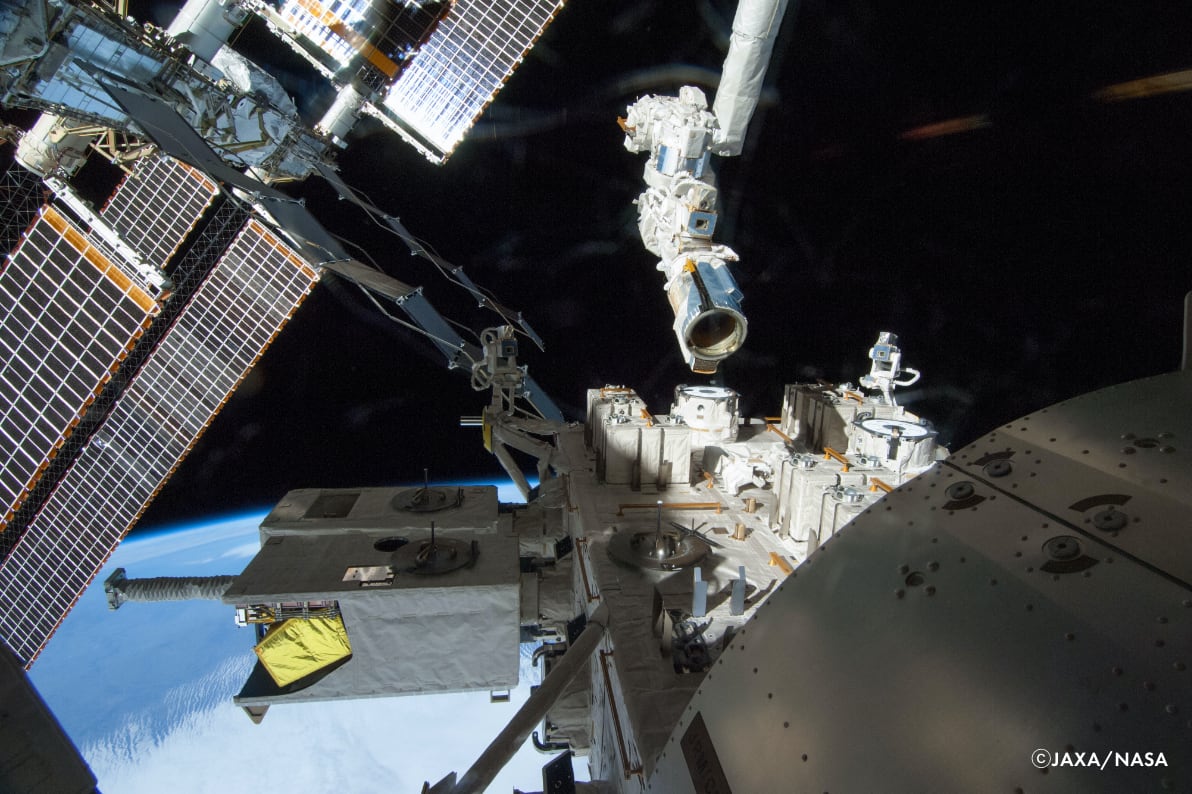
Experiments on the Japanese Experiment Module "Kibo"
Kibo is located approximately 400 km above the earth’s surface. With microgravity, cosmic radiation, expansive openness, high vacuum, and abundant solar energy, the environment in which it exists is entirely different to that on earth. The experiments conducted in these environmental conditions—those that cannot be replicated on earth—are applied to fields such as medicine and manufacturing, and some of the results can already be seen in aspects of our day-to-day lives.
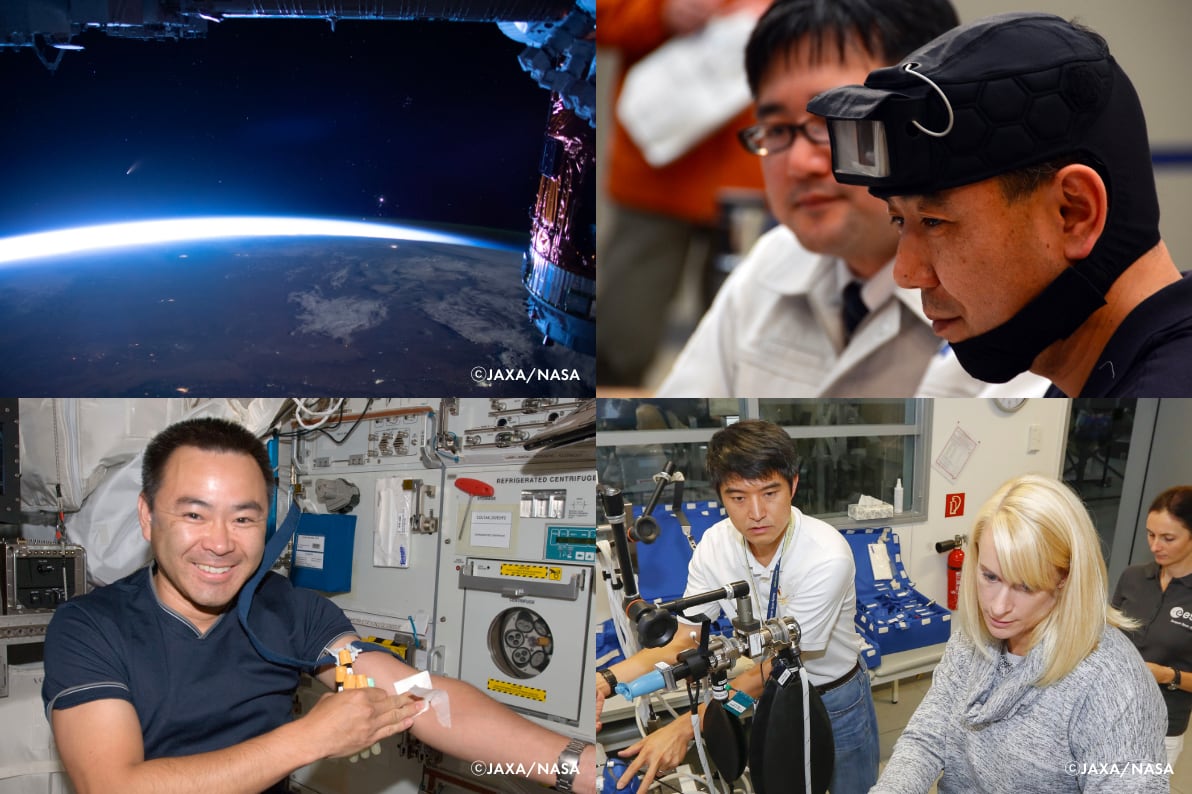
Space Medicine
The objective of space medicine is to minimize the impact that space has on humans’ health and to enable them to maintain their health and physical strength while away from earth. As can be seen below, there are two main pillars of space medicine: R&D in space medicine and health management for astronauts.
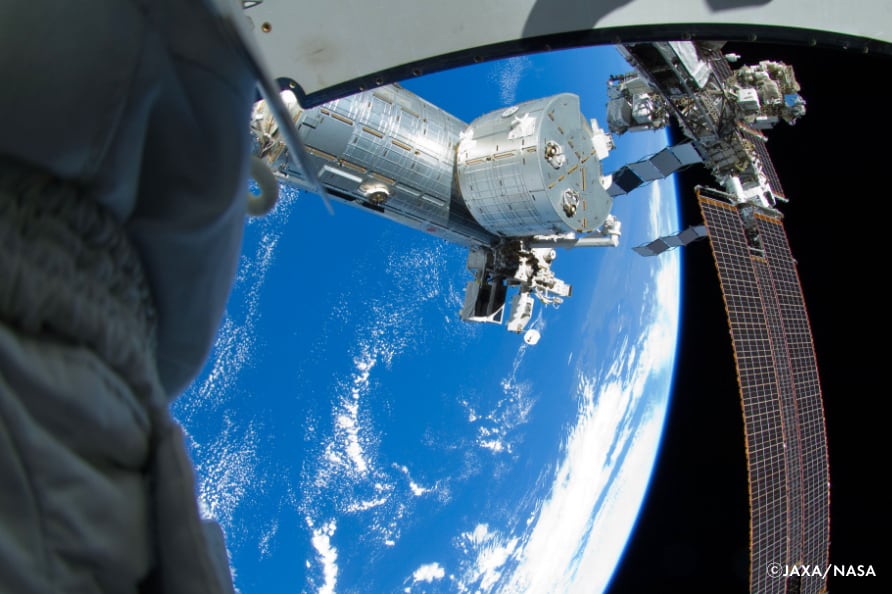
R&D in Space Medicine
R&D in space medicine looks at what changes space brings to humans’ physiological functions and mental state, and investigates the efficacy of the measures that counter these changes.

Health Management for Astronauts
Health management for astronauts is a form of clinical medicine. Not only does it ensure that they can tackle their space missions in top condition, it also helps them quickly adapt to activities on earth when they return. Various initiatives are underway focusing on space food and daily necessities, too—two important elements that ensure that astronauts can live healthily in space.
The Kibo Utilization Office for Asia (KUOA)
The Kibo Utilization Office for Asia (KUOA) was established in July 2010 to promote the utilization of the space environment of the Japanese Experiment Module "Kibo" on the International Space Station (ISS) in the Asia-Pacific region, and to share the various values of Kibo. JAXA is fully prepared to share the benefits of using Kibo with its Asian counterparts.





